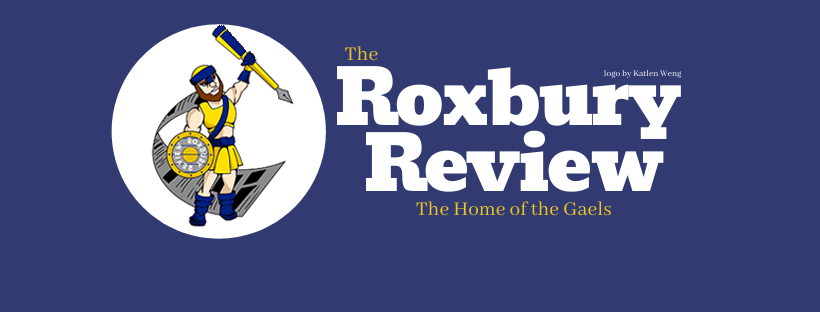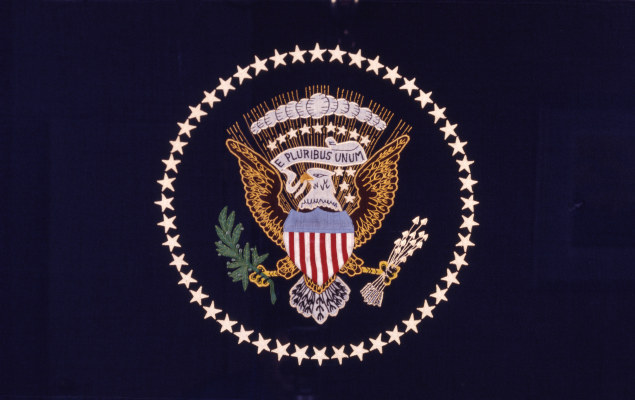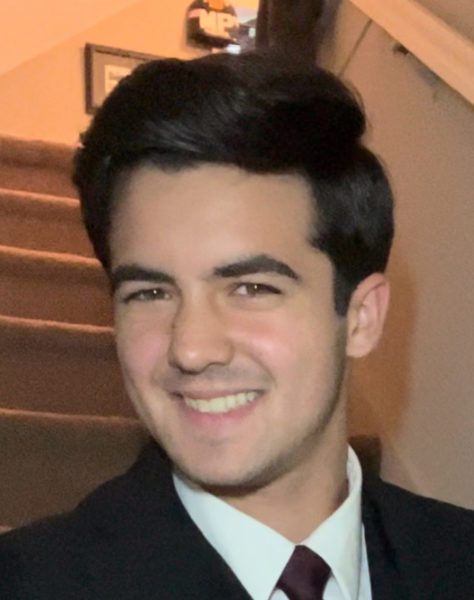The United States has had forty-five men serve the highest office in all the land throughout its over two centuries of life. The office of the President has one notorious not-so-fun-fact, though, being the President is technically the most deadly job in the U.S.
Four Presidents of the United States have been assassinated, which creates a nearly 9% mortality rate. Even though four have been assassinated, that doesn’t mean that only four had attempts on their life, many more.
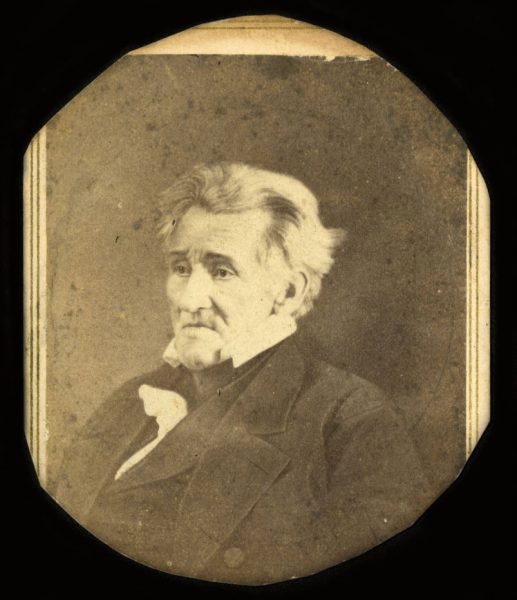
Presidents have had attempts on their life. Below is a list of all of the assassinations both successful and unsuccessful.
President Andrew Jackson (1769-1845)
Andrew Jackson was the seventh President of the United States from 1829 to 1837, the first Democrat, and was both notorious and beloved for his personality. President Jackson had been in many duels throughout his life, according to Britannica, Jackson some accounts estimate he had been in well over 100 duels throughout his lifetime. By the time of his death, Jackson had two bullets left lodged in his body.

However, there was a chance our hot-heated seventh President could have had even more bullets lodged in him. On January 30, 1835, President Jackson was attending the funeral of South Carolina Representative Warren R. Davis at the U.S. Capitol when an English-born house painter named Richard Lawrence approached Jackson wielding two derringer single-shot pistols (U.S. Senate). Twice Richard Lawrence shot at Jackson, twice the gun miraculously misfired.
Unlike most people, Andrew Jackson was an absolute lunatic. Rather than cowering away, fearing for his life; Jackson charged at his would-be-assassin and ferociously beat him with his cane. The motive for Richard Lawrence to attempt the first assassination of a U.S. President was due to his mental insanity. According to the U.S. Senate’s official website, it became apparent Lawrence was insane when he was tried for the attempted murder of Jackson. Richard Lawrence claimed that he was “the rightful King of England” and that “King Andrew” was the only man in his way, hence he attempted to murder the “false king” of England. Richard Lawrence would live out the rest of his life in asylums.
Abraham Lincoln (1809-1865)
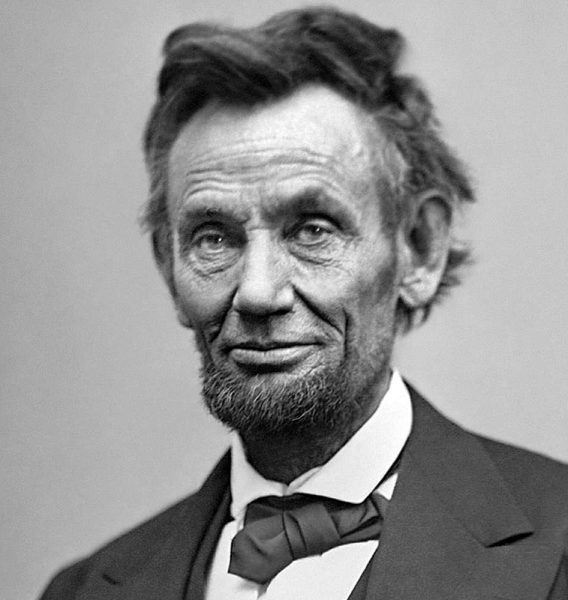
Lincoln had two attempts on his life during his Presidency. The first of which is shrouded in mystery. On an August night of 1864, a lone rifle by an unknown sniper shot rang out and missed Lincoln’s head by inches, passing through his hat while Lincoln was riding his horse in the late evening, unguarded, three miles north of the White House.
This attempt on Lincoln’s life however was completely shadowed by the first successful assassination. After years of exhausting work as President, successfully keeping the union from splitting, and resolving one of the most controversial topics in all of American history, dealing with personal familial tragedy, while running the divided country had visibly aged Lincoln. He and his wife were excited to finally have a presidency presiding over peacetime. Tragically, this would never happen.
In the evening hours of April 14th, 1865, Abraham Lincoln and his wife, Mary Todd Lincoln, along with guests Major Henry Rathbone and his fiancée, Clara Harris were sitting in the presidential box in Ford’s Theatre watching a very popular comedy called Our American Cousin, a comedy about a boorish American cousin visiting his aristocratic relatives back in England (National Archives, Ford’s Theatre).
A man named John Wilkes Booth, a prominent actor, and huge Southern sympathizer, was in a local tavern nearby… feeling defeated and resentful at the failed uprising of the Confederacy, and a fierce hatred of the man he blamed for this event, Lincoln, finished taking a shot as he made his way to Ford’s Theatre, a place he was very familiar with as he was a performer there.
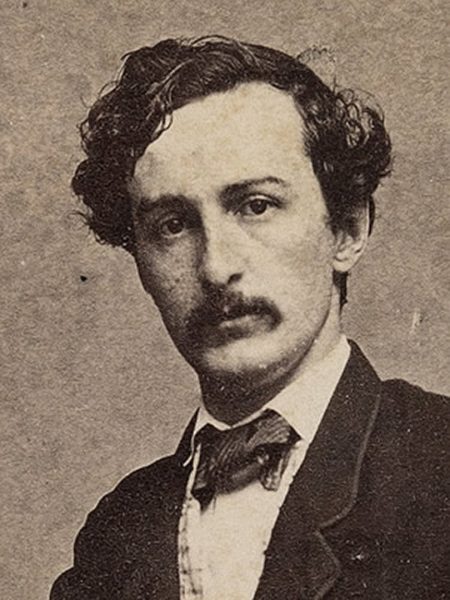
Booth was also acquainted with the play and since he was a common face at Ford’s Theatre, nobody suspected anything. Lincoln’s bodyguard had left to get a drink, as Booth nonchalantly snuck into the back of the presidential box, he raised his 44-caliber one-shot Derringer pistol point blank at the back of Lincoln’s head, timing the shot to a line in the play he knew would cause an uproar of laughter, and pulled the trigger.
After stabbing Rathbone and jumping from the box onto the stage, he shouted to the audience, “Sic Semper Tyrannis,” Latin for, “thus always to tyrants,” a shorter version of “thus always I bring death to tyrants” (sic semper evello mortem tyrannis) (commonlit.org). Lincoln was rushed to the Petersen House across the street, where his inconsolable wife and others surrounded him in his bed; there was nothing they could do to save him, as he passed away in the early morning hours of April 15, 1865.
Twelve days after the assassination, the manhunt for John Wilkes Booth came to an end, as Marines trapped him in a Virginia tobacco barn, setting it on fire and firing their rifles inside, killing the assassin, and most wanted man in the United States with a whopping bounty of 100,000 dollars (1.9 million dollars in today’s money adjusting to inflation).
James A. Garfield (1831-1881)
There were four presidential assassinations, three of which took place in about 30 years, which is absurd to think about, as after three presidential assassinations only then they thought “Oh, maybe we should create some sort of protection for the president.” Albeit, even though the assassination of Lincoln and Kennedy are very interesting, that doesn’t mean the other two assassinations should be forgotten. James A. Garfield is one of the biggest “What If?” Presidents of our country.
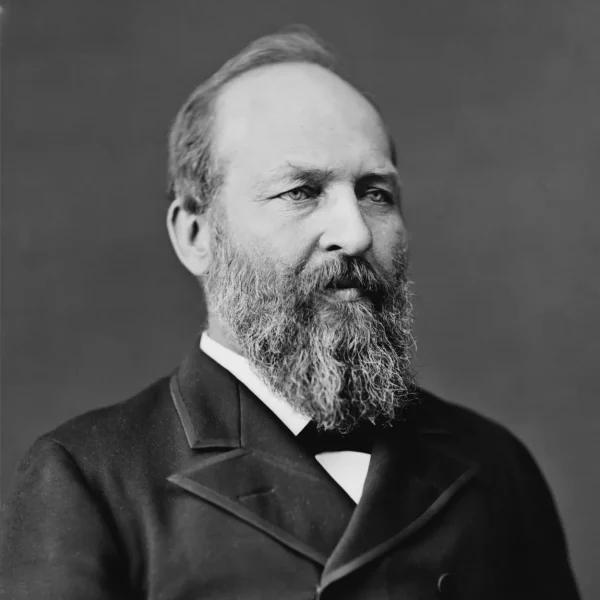
He was arguably the most intelligent person to ever hold the office of President. He was a big outdoorsman, a former teacher, a head of many organizations, a devoted minister to the Disciples of Christ Church, a rags-to-riches American, a former Civil War Union General, saw slavery as a moral evil, and had incredible talents. For instance, he was ambidextrous and could write in both Latin and Greek at the same time with both of his hands and had a notably high IQ of 152.3.
Garfield’s assassin was an incredibly peculiar man. Charles J. Guiteau was a hot-tempered, mentally insane, and foolish man who had an almost indescribable life. Guiteau had an abusive father, whose hot temper had rubbed off on him, and became obsessive with different things throughout his life. To provide an example and keep this short, Guiteau had been a member of an obscure and strange commune known as the Oneida Community, a strict religious community that had strange principles as they allowed for free love. However, Guiteau was so disliked in this community that he was never able to partake in this free love and the members of the commune began calling him “Charles Git-out.”
After many more strange and bewildering stories, Guiteau got interested in the field of politics and began campaigning for Ulysses S. Grant to run for an unprecedented third term… However, when Grant didn’t get the Republican nomination for the presidency, he frantically crossed out “Grant” and wrote in “Garfield,” giving the candidate many credentials he didn’t have. Also, it should be noted the “campaigning” Guiteau did for Garfield was to write a poorly written pamphlet and hand it out to a few dozen people.
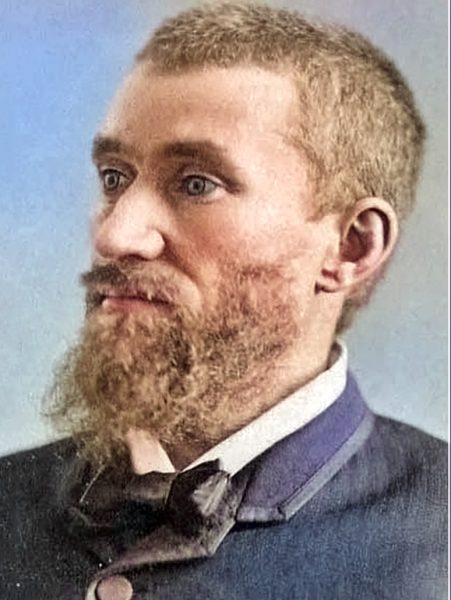
Due to Guiteau’s hard work of handing out a few poorly written pamphlets, he believed President Garfield was indebted to him and must appoint him to a consulship to Paris. For the following weeks, he would stalk Garfield and Secretary of State, James Blaine, begging them for a position. After constantly being denied such a ludicrous request, Guiteau went to a shop, bought a .442 Webley British Bulldog revolver with an ivory handle (because he thought it would look better in a museum), and on July 2, 1881, shot Garfield twice in the back at the Baltimore Potomac Railroad Station in Washington D.C.
Garfield did not succumb to his wounds though, instead, the death of President Garfield could just as likely be attributed to the doctors who treated him. Rather than leaving the bullets in him and letting him heal, they dug their dirty unsanitized hands into the wrong part of his back to find the bullet, leading to 11 agonizing weeks of pain; he died from complications of sepsis on September 19, 1881. Afterward, Guiteau was sentenced to be hung on the 30th of June, 1882. On the day of his execution, he shook his executioner’s hand, danced around on the platform, and read a bizarre poem from the perspective of a child in a high falsetto voice that he wrote that morning (Journal of the Illinois State Historical Society).
William McKinley (1843-1901)
William McKinley is often known as one of the most underrated Presidents of U.S. history, and unlike his contemporary, President Garfield, we would be able to see how he was as a President. However, he would be overshadowed by his Vice President and presidential successor, Theodore Roosevelt. One thing that can be noted about McKinley is his extremely affable and compassionate personality, as he was a devout religious man who in many ways was similar to the compassion Roosevelt felt for the people.
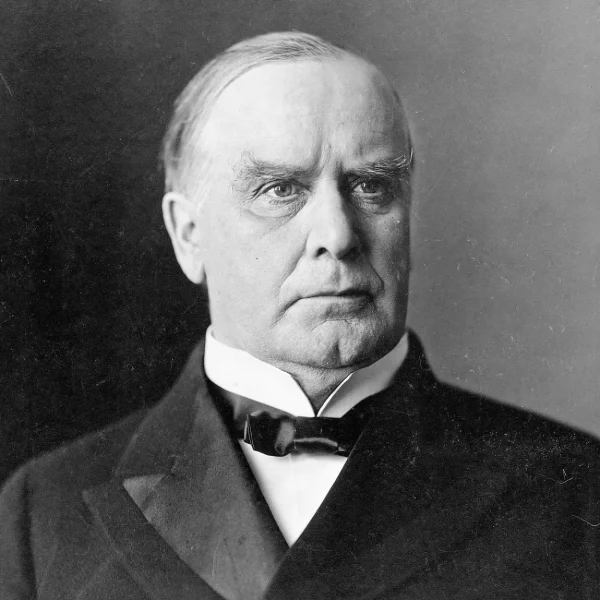
For context, at the beginning of McKinley’s presidency, there had been an economic depression with mass unemployment occurring. Furthermore, a notable characteristic of that period was the rise of anarchism, as many groups adopted this anti-government ideology. One of these people was a first-generation Polish man named Leon Czolgosz (pronounced Shol-gosh). Czolgosz had lost his job during the Panic of 1893 in Cleveland, Ohio. Despite McKinley arguably taking the country out of the brief economic depression, Czolgosz became resentful of the government for “causing such a phenomenon.” Hence, he began to intermingle with many local Anarchist groups.
Despite participating actively in the groups, he was shunned for his awkward personality and was accused of being a government spy. To prove the anarchists wrong, he decided that he would kill President McKinley, which occurred around the same time as many European leaders were being murdered by anarchists.

In September of 1901, the Pan American Exposition was happening at Buffalo, New York. After McKinley made a speech, he insisted to his few bodyguards and advisors that he must shake the hands of the people who wished to see him. On September 6, 1901, McKinley stood before a long line of citizens in the Temple Of Music where he would swiftly greet and shake the hands of the people waiting in line. Little did McKinley know that the man who had been stalking him for months was in that line; Leon Czolgosz. Carrying a .32 caliber revolver concealed under a handkerchief, he would approach the President in line. As McKinley held his hand out, Czolgosz reportedly stared at him, slapping his hand out the way, and shot him twice. According to the National Library of Medicine, “one bullet grazed McKinley’s sternum (breastbone) and another penetrated his stomach.”
Showing how kind of a person McKinley was, after he was shot and the crowd of people rushed to attack Leon Czolgosz he reportedly said, “Don’t hurt him” and called the assassin “some poor misguided fellow.” Despite the wounds being considered easily survivable by today’s standards, and McKinley’s rapidly improving health, he had become incredibly ill and passed away eight days later on September 14, 1901. Once again, the bad sanitization of doctors could be blamed for the death of the President as he succumbed to an infection and gangrene (National Library of Medicine, PBS).
After a two-day trial, in which Czolgosz pleaded guilty and the Judge overruled out of spite, he was convicted of the murder of McKinley and sentenced to death by electric chair. On October 29, 1901, he was executed. It was the assassination of President William McKinley that finally led to the Secret Service being designated as protectors of the President.
Theodore Roosevelt (1858-1919)
After serving two incredibly popular and successful terms as the 26th President of the US, passing the office onto the reluctant President William Howard Taft, he became resentful and angered at how the successor he endorsed decided to run the country. Determined to retake the office for an unprecedented third term, Roosevelt had split the Republican party by creating the Progressive Party, famously known as the Bull Moose Party.
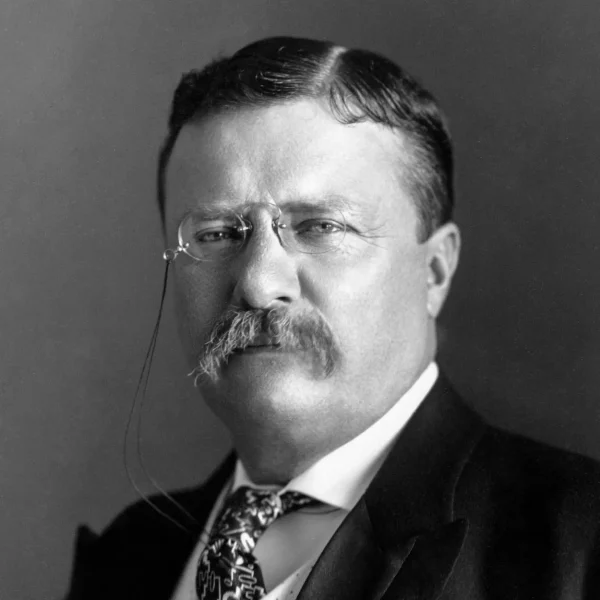
A German-born American who had incredibly severe paranoid schizophrenia named John Schrank had hallucinations where he claimed that the ghost of President McKinley had come to him and demanded that he avenge McKinley by killing Theodore Roosevelt, the person he believed was responsible for the death of McKinley.
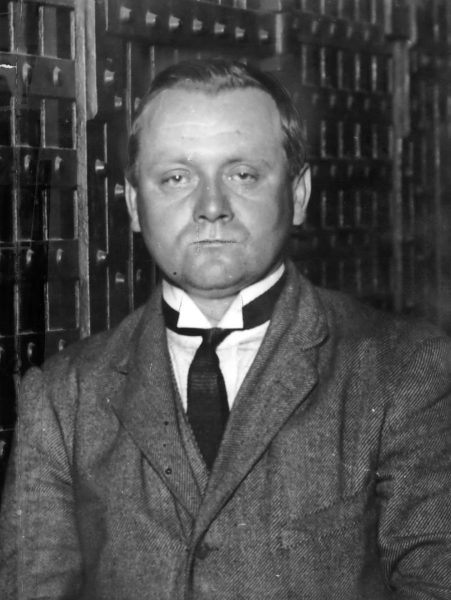
This was completely untrue, however, after stalking the former President, his window of opportunity had finally arrived. In Milwaukee, Wisconsin, on October 14, 1912, after Roosevelt exited a hotel, he stood up in the back seat of his open-top automobile to greet the excited crowd. John Schrank approached the car, aiming his 38 caliber Colt revolver at Roosevelt, and fired once in his chest muscle. Miraculously, Theodore Roosevelt survived as his 50-page folded speech and steel eyeglasses case in his breast pocket had slowed the bullet down and prevented it from piercing his lung. Roosevelt being an avid survivalist, coughed into his hand and noticed that there was no blood. Roosevelt then demanded that he be taken to the hall where he intended to make his speech. Roosevelt famously forced his staff to take him to the hall to make his 80-minute speech while bleeding profusely from his chest wound, exclaiming, “It will take more than that to kill a bull moose.” He would be taken to the hospital afterward and would live the rest of his life with the bullet lodged in his chest.
Before Theodore Roosevelt had left to make his speech, however, Schrank was quickly subdued onto the ground, pummeling him ferociously, as angry spectators screamed “Kill him!”, and “Hang him!”. Seeing this, Roosevelt shouted to the crowd, “Don’t hurt him! Bring him here. I want to speak with him.” He would raise his hat in the air and inform the crowd, “I’m all right, I’m all right” with his signature smile, the crowd realizing Roosevelt was okay, rejoiced (history.com). Schrank would be tried in court and was found not guilty due to reasons of insanity and spent the rest of his days in asylums. Theodore Roosevelt was the first president to be injured and survive an assassination attempt.
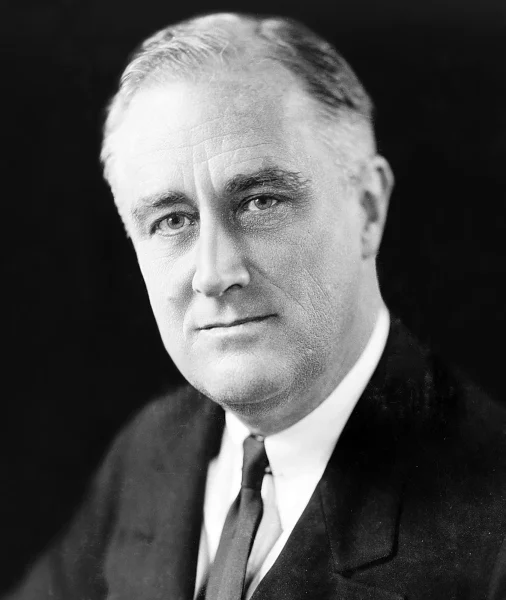
Franklin D. Roosevelt (1882-1945)

The distantly related cousin of Theodore Roosevelt, 32nd President Franklin Roosevelt, was giving a speech from the back of an open-top car the night of February 15, 1933, in the Bayfront Park area of Miami, Florida. An Italian-American immigrant named Giuseppe Zangara, armed with a .32-caliber Revolver, peering over the hat of a woman while standing on a wobbly metal chair, began to take shots at the President.
All of his shots would miss, the first of which was the most direct. Multiple people were injured and he shot four more shots wildly as people grabbed his arms. Notably, Chicago Mayor Anton Cermak was fatally wounded; leading many to believe that Zangara was hired by the Mafia to take Cermak out. Roosevelt survived the assassination attempt unscathed.
Harry S. Truman (1884-1972)
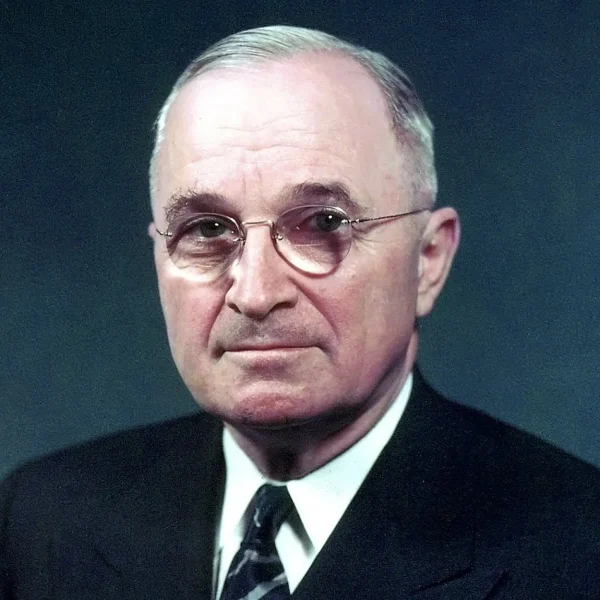
Almost two decades after his predecessor’s assassination attempt, 33rd President Harry S. Truman would have one of his own. On November 1, 1950, two Puerto Rican men named Oscar Collazo and Griselio Torresola who wanted to spread awareness to have the independence of Puerto Rico granted following a failed independence uprising, decided they wanted to take matters into their own hands.
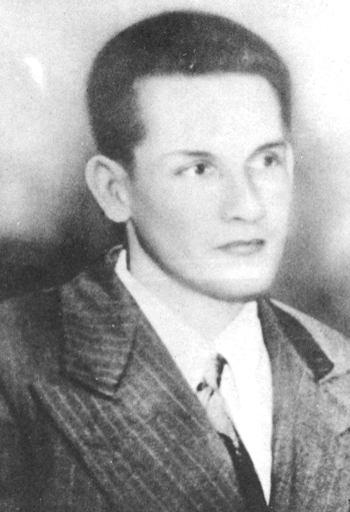
They learned that the President was staying at the Blair House, an estate in Washington D.C. not too far from the White House where Presidents and former Presidents can have some downtime. Collazo and Torresola, armed with a P38 and a German Luger approached the Blair House and began to open fire at the Secret Service staff. Truman reportedly looked out the window after hearing all the commotion but was quickly shoved back into the room.
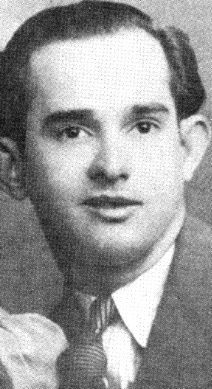
During the gunfight, Oscar Collazo was injured and subdued, and Griselio Torresola was fatally wounded. Furthermore, Leslie Coffelt became the first and only Secret Service agent to die while protecting the President. According to the Harry S. Truman Library and Museum, “On March 7, [1951], the jury found Collazo guilty on all counts and he was subsequently sentenced to death. In 1952, President Truman commuted the sentence to life in prison. Collazo was freed from prison by President Jimmy Carter in 1979, and died in Puerto Rico in 1994.” Harry S. Truman would live the rest of his life, surviving the incident unharmed.
John F. Kennedy (1917-1963)
The beloved 35th President John F. Kennedy had two assassination attempts. The first of which was planned by Richard P. Pavlick. An elderly man from New Hampshire who despised Kennedy for his Catholic belief. He would stalk the President in his car which was filled with explosives, as he planned to ram the car into the Presidential motorcade and kill Kennedy.
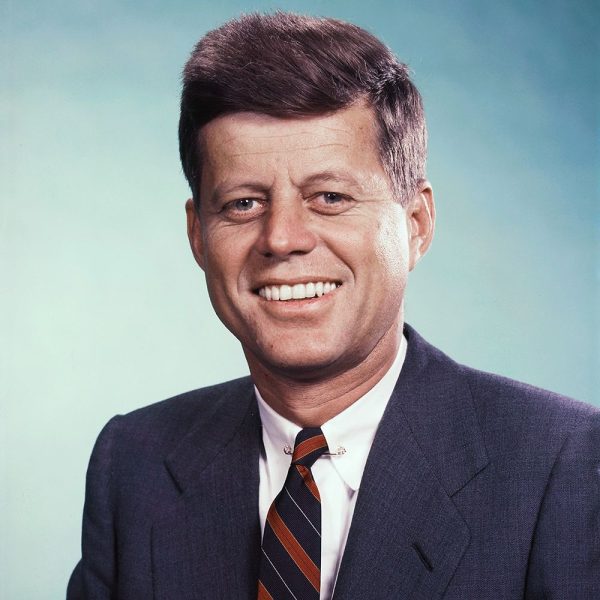
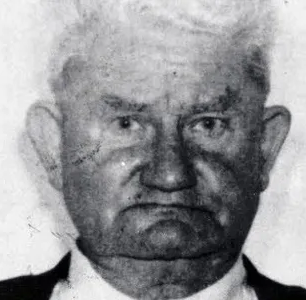
On December 11, 1960, the opportunity had arrived, as he positioned his car in a way that he was able to ram into and explode both himself and Kennedy. However, he couldn’t bring himself to do it as he witnessed both Kennedy’s wife, Jacqueline, and two young children enter the car, as he didn’t intend to murder the whole family. Pavlick would later be arrested before he could stage another attempt.
Tragically, this is not what President John F. Kennedy is known for today. On the 22nd of November, 1963, Kennedy greeted a jubilant crowd as his open-top Lincoln car and motorcade passed through the city of Dallas, Texas.
A man named Lee Harvey Oswald was situated on the “sixth-floor corner window of the Texas School Book Depository in Dallas, Texas” armed with a “6.5 x 52 mm Italian Carcano M91/38 bolt-action rifle, equipped with a 4x Hollywood brand scope” (Library of Congress). Oswald was a peculiar man, as he was a marine who was dishonorably discharged from the U.S. Marine Corps and defected to the Soviet Union in his early twenties.
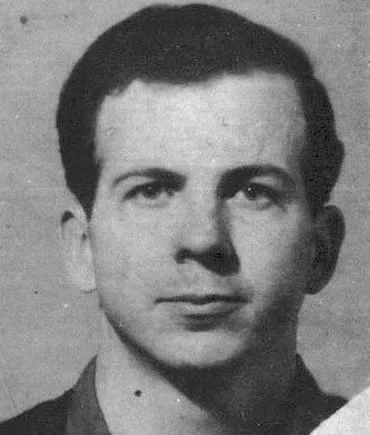
At approximately 12:30 PM as Kennedy’s vehicle passed by, Oswald allegedly fired three shots towards Kennedy, two of which struck Kennedy in the throat and back of the head, also injuring Texas Governor, John Connally in the process. After being rushed to the Parkland Memorial Hospital he would succumb to his injuries hours later.
Despite this being one of the most famous political assassinations in all of human history, this assassination is among the most mysterious. The only thing that can be said for certain is that Kennedy was in the car with his wife, John Connally, and Nellie Connally. Every minuscule aspect of this assassination has been investigated and considered. Oswald would later be detained for the murder of a police officer and sneaking into a movie theater but would later be suspected of the assassination of the President.
As the entire country waited, watching Oswald on live television be escorted by police wondering what his motive was, an ill-tempered business-owning body-guard named Jack Ruby shot and killed Lee Harvey Oswald on November 24, 1963, which would consequently leave this assassination shrouded in mystery and conspiracy, as we never got a true motive or factual answer as to what happened and why.
On a separate but interesting note, following Kennedy’s nephew, Robert F. Kennedy Jr.’s, endorsement of Donald J. Trump for President, the Republican nominee has promised that when elected he would share all of the federal documents regarding the Kennedy assassination, potentially sharing more previously unknown facts about this mysterious murder; only time will tell.
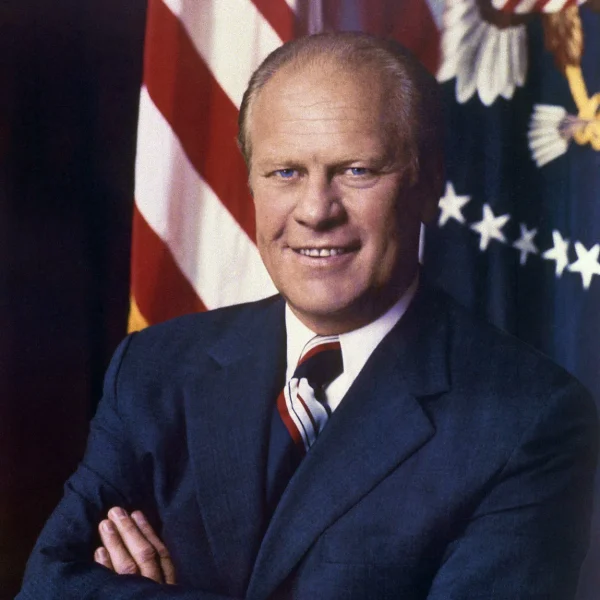
Gerald R. Ford (1913-2006)

The 38th President, Gerald Ford would oddly face two separate assassination attempts, both of which were committed by the only would-be women assassins.
On September 5, 1975, in Sacramento, California when he was exiting the State Capital, a woman named Lynette Fromme who was affiliated with the Manson Family aimed a Colt 1911 model semi-automatic .45 caliber pistol (National Archives).
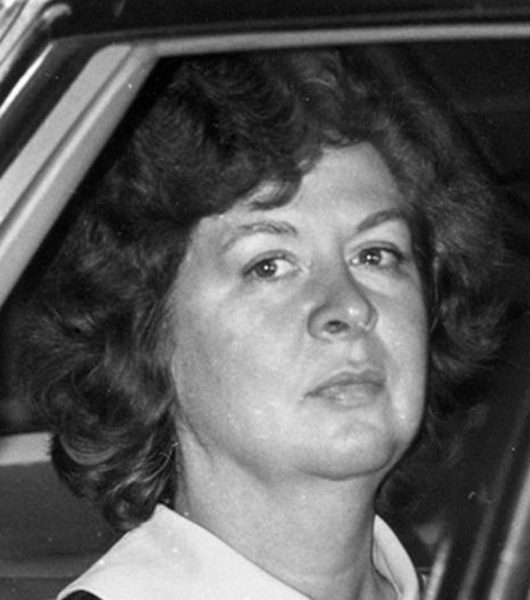
However, swift action from the Secret Service quickly led to the immediate arrest of Fromme.
A mere two weeks after this first assassination, on September 22 of the same year, a woman by the name of Sara Jane Moore shot at Ford following a speech in San Francisco, California. Quick action from law enforcement led to Moore’s immediate arrest, just like the previous attempt by Fromme. Ford would escape unharmed once more.
Ronald Reagan (1911-2004)

The 40th President of the United States, Ronald Reagan, was the second of three Presidents who were injured by an assassination attempt. On March 30th, 1981, while on live television, Reagan was leaving the Hilton Hotel in Washington D.C. when a man named John Hinckley Jr. fired six rounds from his .22 caliber revolver. Only one of the shots fired would hit Reagan as he was shoved in his limousine by the Secret Service, while other agents swiftly tackled and detained Hinckley.
“Reagan was wounded when one of the bullets ricocheted off of the limousine, striking him under the left armpit” according to the Ronald Reagan Presidential Library, which was only noticed when he began coughing up blood. The bullet came within one inch of Reagan’s heart. He was rushed to George Washington University Hospital, where he would stay for 12 days and would recover from his life-threatening wound.

Hinckley was found not guilty due to reasons of insanity, as his motive was due to his paranoid infatuation with then-child actress, Jodie Foster, after watching the 1976 film “Taxi Driver.” After multiple failed attempts at contacting her, Hinckley came to believe that the only way he could get her attention was to impress her by assassinating a President of the United States (The Guardian). He would thus begin to stalk President Jimmy Carter, and he would later move his target to Reagan as he was the newly elected president. He remained in institutional psychiatric care until 2016 when he was released and continues to live to this day. Fun fact, he even has his own YouTube channel where he posts videos of him singing.
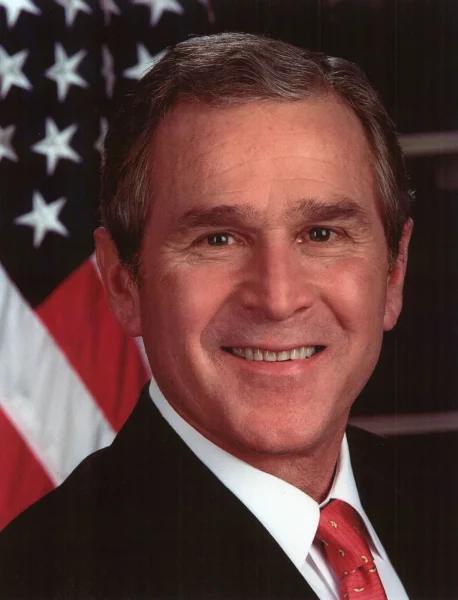
George W. Bush (1946-Living)
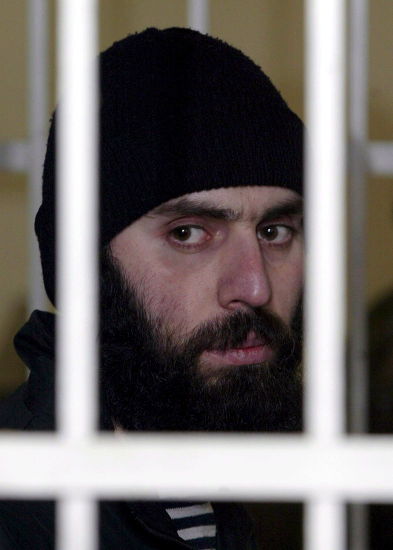
On May 10, 2005, 43rd President George W. Bush came shockingly close to assassination. Bush was speaking in front of a massive crowd in Tbilisi, the capital city of the Caucasian nation of Georgia, with then-Georgian-President, Mikheil Saakashvili.
While President Bush was in the middle of his speech, a Georgian nationalist by the name of Vladimir Arutyunian threw a live Soviet-made RGD-5 grenade on the stage of the two Presidents. It had failed to detonate as a red tartan handkerchief was wrapped too tightly around it. Arutyunian would be arrested and sentenced to life in prison where he remains today (FBI).
Donald J. Trump (1946-Living)
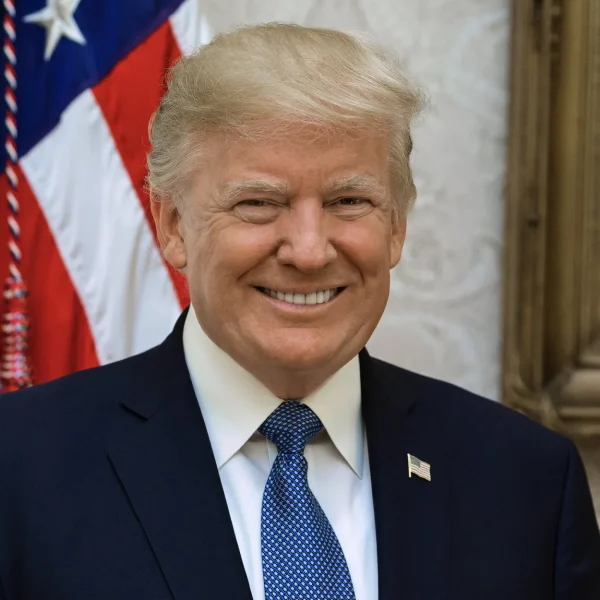
Finally, the most recent Presidential assassination attempt in American history occurred on Saturday, July 13, 2024. Former 45th President and Republican nominee for 47th President of the US, Donald J. Trump was holding a campaign rally near 506 Evans City Road, Meridian, Butler County, Pennsylvania.
While he was speaking, Secret Service agents had faced multiple security failures, as they left buildings on the neighboring properties completely open, which could potentially pose a huge threat for someone who needed an ample spot to fire at the former president.
Because agents had failed to secure the roof-top of a building a mere 400 yards away, a 20-year-old man by the name of Thomas Matthew Crooks successfully climbed on top of the building, possessing a DPMS AR-15, transmitter, range-finder, alongside other objects to aim at the former president as multiple rally goers began screaming at the police and service agents “there’s a man on the roof” and, “he has a gun!”
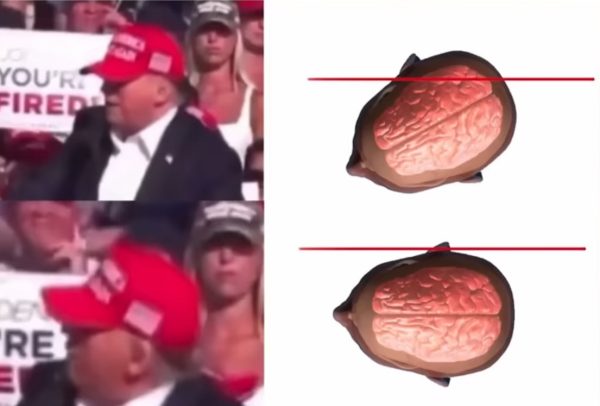
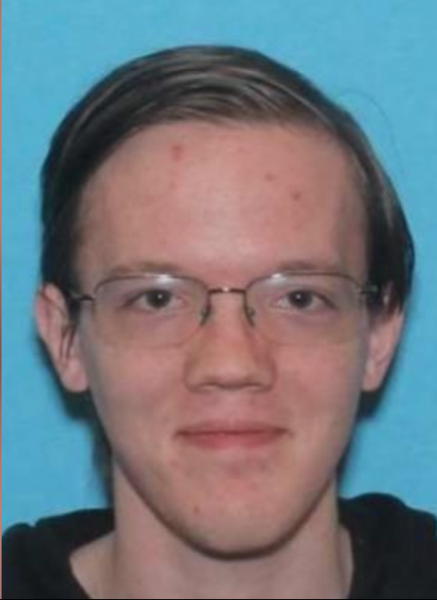
At 6:11 PM, EST, Crooks openly fired at the former President after encountering engagements with local law enforcement. Killing one rallygoer, critically injuring two others, and coming within millimeters and milliseconds of blowing open the head of President Trump on live television. As can be seen by the following diagram, the subconscious decision to turn his head ever so slightly to the right led to the bullet grazing the top of Trump’s right ear, and missing his head entirely. After three shots were fired close to Trump’s general vicinity, Crooks fired another seven shots in a desperate attempt, which would fail as a secret service counter sniper would successfully shoot and kill Crooks seconds afterward.
Donald Trump would be the third and most recent President to survive a presidential assassination attempt injured, and would notably pump his fist in the air and chant to let the crowd know he was okay, as Presidents like Theodore Roosevelt had done previously, leading to an eruption of cheers from the crowd. Trump, along with the two critically injured rallygoers, was rushed to the hospital and would all make full recoveries.
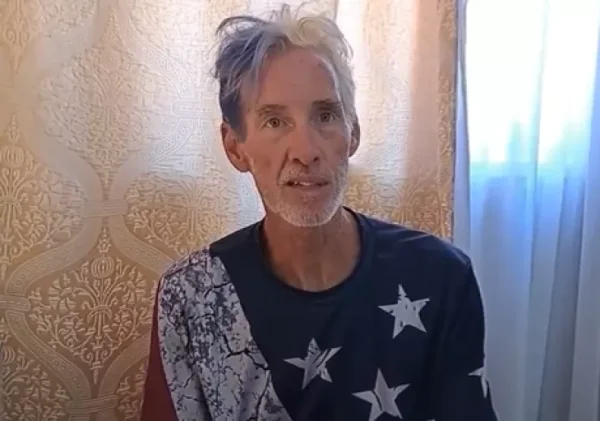
Donald Trump would also become the fourth and most recent President in United States history to have two attempted assassinations on his life, as he would have a second unprecedented attempt on his life a mere eight weeks after his first close call. On September 15, 2024, at approximately 1:30 PM EST, Donald Trump was golfing at the Trump International Golf Club in West Palm Beach, Florida, near his Mar-A-Lago Estate and a local residential neighborhood. Four shots reportedly were heard as Secret Service agents pounced on top of the former President.
About two holes ahead of him (or 300 to 500 yards) a man by the name of Ryan Wesley Routh was hidden in the shrubs that surround the perimeter of the golf course, poking the barrel of his powerful AK-styled rifle with a scope through the chain-link fence of the property in the general area of the next hole and the former President, likely lying in wait to get a closer and better shot at the former President. However, a service agent stationed ahead of President Trump spotted the gunman and opened fire. It is still unknown whether or not Routh opened fire, albeit, following the gunshots Routh dropped his weapon and ran to his black Nissan SUV and attempted to flee. A witness reportedly took photos of the assailant’s car, leading to his swift arrest after he was pulled over in the neighboring Martin County while heading northbound on Interstate 95.
Ryan Routh has been arrested and taken into the custody of local law enforcement. This story will be updated as more information is released.
Conclusion
The Office of the President of the United States poses to be one of the most stressful, important, and arguably dangerous jobs in the entire world. Multiple other instances of minor assassination attempts and/or threats have occurred previously, as there have also been examples of people firing multiple rounds at or into the White House with the malicious intent of murdering a President.
At the end of the day, however, it is important to realize that we are all united by one thing, and that is that we are Americans. We may agree to disagree, however, political violence is never the answer to our problems in a country like the United States. Hence, the listed assassination attempts, successful or not, above provide historical context of why things like this happen, and they articulate the devastation and consequences that come with the horrific actions of people.
Photo courtesy of Tennessee Virtual Archive, FindAGrave, People, PBS, The White House, ClickOnDetroit, WNY Heritage, Wikipedia, Britannica, TES, History on the Neet, Murderperdia, Texas State Historical Association, CharlesManson.com, IMDb, Snopes, Shutterstock, and WTAE.
